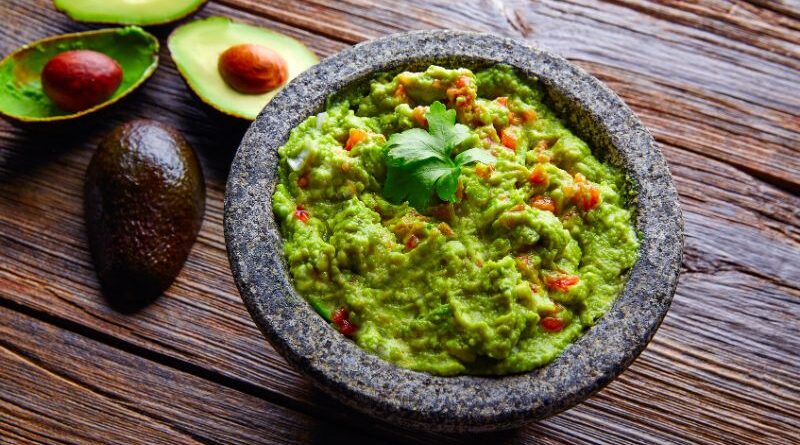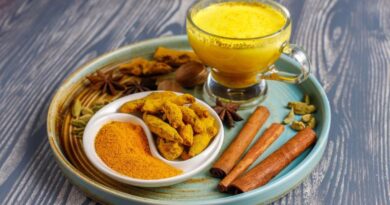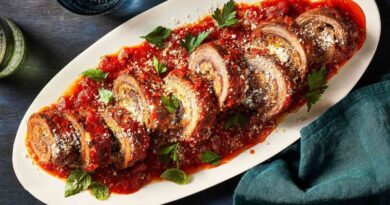The article explains all about Guacamole, how it tastes like, what it is made from, and can you eat brown Guacamole. Guacamole is a universally delicious thing that goes with so many eatables and adds some extra yummy flavor to them. Maybe you already loved it, or you may think about the ingredients that go into it, or some of you might think about what Guacamole is! So I am going to discuss every aspect of Guacamole.
Let’s get started!
What is Brown Guacamole?
Guacamole is a dip that is creamy, yummy, and made out of avocado. It is mainly associated with Mexican food. These creamy ones are perfect for topping tacos or eating with chips. You’ll love them! You can also try your experiment.
The Aztecs created this dip. They want to bring this dip home, as it was found to be very delicious by them. But, unfortunately, Spain did not grow avocadoes. Thus the idea was a complete failure. Luckily they keep the dip in their memories. And in 1900, Guacamole again became popular, and therefore we are tasting this gratifying dip now.
Read also: 10 Popular American Breads Eaten Daily
What is Guacamole made from?
Guacamole is mainly made up of Avocadoes. It is the main ingredient that goes into dip. The sauce is made by mashing avocadoes. After that, other ingredients are mixed into the mashed avocadoes to add flavors to them. The additional ingredients depending on the taste of a person. Some people add diced tomatoes and onions with seasoning for extra spiciness. Others who like milder flavor add yogurt or make it acidic using lime juice.
Uses of Guacamole
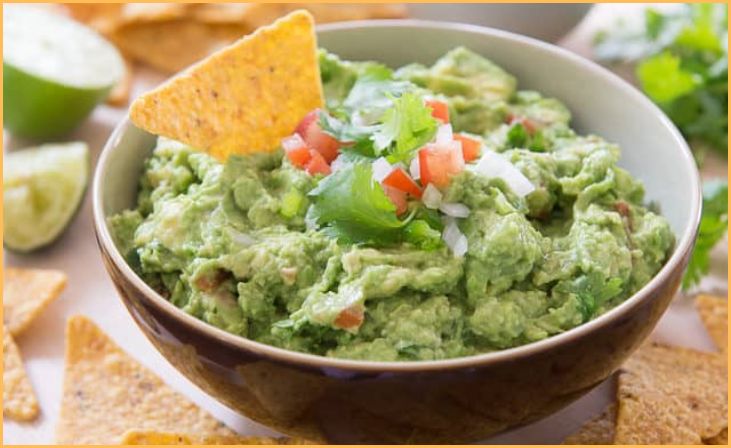
You can use Guacamole in a variety of ways. Here are a few ways:
- On a Sandwich: Any time of sandwich you are eating, use the Guacamole in the place of mayo. You are going to love the taste of your sandwich with this delicious dip.
- With Soup: You can use the Guacamole for the puree if you want to have a soup of avocado. Or you can also garnish other soups with Guacamole.
- Salad dressing: For making a creamy dressing of wedge salad, you can puree the Guacamole with lime juice, water, and oil.
- Loaded Potatoes: If you are searching sour cream for pouring on loaded potatoes, try some guacamole on them. It will taste great.
- With Fried Fish: Instead of tartar sauce, substitute with fried fish and crab cakes.
How To Make Guacamole
Ingredients
- Avocado
- Diced red Onion
- Jalapeno
- Lime Juice
- Cilantro
- Fine Sea Salt
- Ground Cumin
- Diced Tomatoes
Instructions
- Mash the avocados in a large mixing basin with a fork or spoon until they reach the desired consistency.
- Stir in the Onion, cilantro, jalapeno (or serrano), lime juice, salt, cumin, and tomatoes (if using).
- Taste the mixture and season it with more salt if desired.
Why Does Guacamole Turn Brown?
If you are a guacamole fan, then indeed, you face a brown Guacamole at some point. And there is always a question that Why Does Guacamole turn brown. So the reason is that avocado contains an enzyme that reacts with the oxygen present in the air. The process is called oxidation. And as well know through the recipe that avocado is the primary ingredient in Guacamole. Thus, when the enzyme present in avocado reacts with the atmospheric oxygen, the color of the Guacamole turns brown.
You notice that only the top layer of the Guacamole turns brown, while the inside part is still green because the top layer is reacting with the oxygen.
Can You Eat Brown Guacamole?
Yes! You can. Brown avocado is also safe to eat, as long as Guacamole is in freeze and you can keep it for a few days. It may be a little mushy or bitter than green guac, but it’s still edible. If you didn’t keep your Guacamole with a layer of water on top, scrape away the top layer to reveal the vivid green Guacamole beneath.
How to Keep Guacamole From Turning Brown?
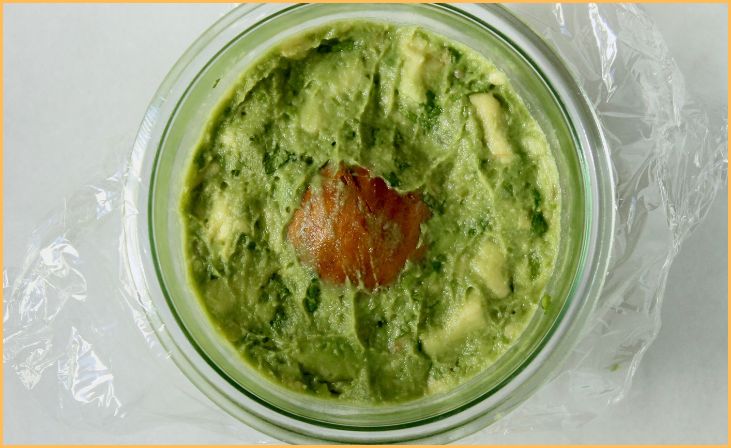
Here are some simple steps that will keep Guacamole From Turning Brown:
- Once your Guacamole is ready, Place it in an airtight storage container.
- Flatten the surface of it using a spoon, remove any air bubble if present.
- Fill the top of the Guacamole with about a 12 inch of water. Ensure that the water covers the whole surface of the guac.
- Place the container’s lid or cover on top.
- Refrigerate the guacamole for up to three days.
- When you’re ready to serve your guac, carefully pour out the water and give it a good swirl.
Enjoy this delicious dip, and do share your views in the comment section!
Conclusion
When guacamole takes on a brown hue, it’s often a result of oxidation rather than spoilage. While the altered color might not be visually appealing, in most instances, the guacamole remains safe for consumption. This natural process, caused by the avocado’s exposure to air, changes its appearance but typically doesn’t compromise its taste or quality.
The oxidation reaction, triggered by the avocado’s enzymes interacting with oxygen, leads to the brown discoloration. Despite the change in color, the flavor and overall quality of the guacamole tend to remain unchanged.
However, exercising caution is wise. Before consuming brown guacamole, it’s essential to conduct a thorough assessment. Check for any signs of spoilage, such as an unusual smell, off-putting texture, or the presence of mold. If any of these indicators are present, it’s best to err on the side of caution and discard the guacamole.
FAQs
Guacamole turns brown due to oxidation when exposed to air. The enzyme in avocados reacts with oxygen, causing a color change. It’s a natural process and doesn’t necessarily indicate spoilage.
Yes, brown guacamole is generally safe to eat. It might not look as appealing due to oxidation but is usually fine. However, if it smells off or shows other signs of spoilage, it’s best to discard it.
To prevent browning, press plastic wrap directly onto the surface of the guacamole to limit its exposure to air. Adding citrus juice, like lemon or lime, can also help delay oxidation.
If the brown guacamole has been properly stored in the refrigerator and doesn’t show any signs of spoilage, such as a strange odor or mold, it’s likely safe to eat. However, always use caution and inspect it thoroughly.
In most cases, brown guacamole retains its taste and flavor despite the color change. It might not look as vibrant, but the flavors typically remain unchanged.

